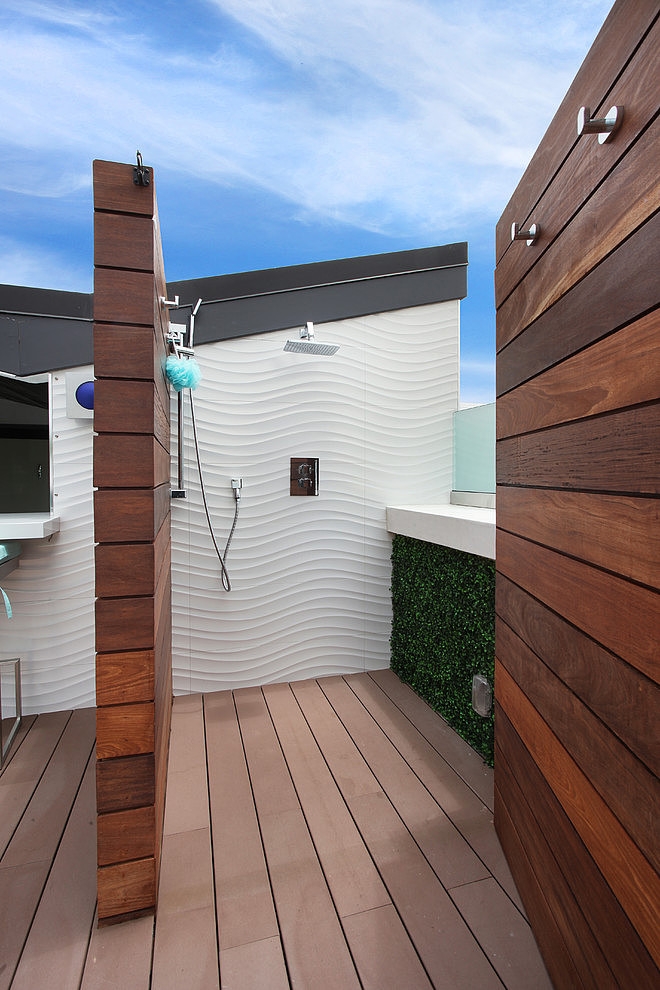Thomas Day (c. 1801 - 1861) was a free black American furniture designer and cabinetmaker in Caswell County, North Carolina. Day's furniture-making business became one of the largest of its kind in North Carolina, employing at one point up to twelve workers, and distributing furniture to wealthier customers throughout the state. Much of Day's furniture was produced for prominent political leaders, the state government, and the University of North Carolina.
Day did not sign any of his furniture, so authorship must be made through attribution. The North Carolina Museum of History has the largest collection of Day's furniture, including the only known piece documented to him.
Birth and early life
Day was born to free black parents in Dinwiddie County, Virginia around 1801. His family moved to Warren County, North Carolina in 1817, to Hillsborough, Orange County in 1821, and then to Caswell County in 1824. Day began his cabinetmaking business in Milton, North Carolina with his brother, John Day, Jr., but his brother had left Caswell County by 1825, leaving the cabinetry business solely to Thomas.
John Day, Jr. would later emigrate to Liberia, and become one of the founding fathers of the Republic of Liberia. He served as Chief Justice, and was one of the first people to sign the Liberian Declaration of Independence.
Professional life
Once his furniture business became profitable, Day married Aquilla Wilson of Halifax County, Virginia (1830), and had three or four children.
Day's furniture-making business employed the use of both black slaves and white apprentices, despite the general belief that Day (as a free man) was of lower social stature than his white apprentices.
Day was a successful businessman, at one point becoming a stockholder in the State Bank of North Carolina. Day owned significant real estate, including his place of business and his residence. This was highly unusual for a free person of color in the era before the American Civil War. Day used to steam-power to drive much of his furniture-making implements, greatly increasing his production volume and efficiency.
A national economic panic in 1857 contributed to a down-turn in Day's furniture business. In 1861 Day died. Day's home and workshop have been restored and are significant points of local and state history.
Architectural millwork
In contrast to carpentry and milling of its time (which were mostly produced as separate entities), Day's creations were crafted, unique pieces--each playing an essential role in the over-all architectural composition. Day considered his parlor designs to be the pinnacle of his projects. He fabricated his custom millwork as extensions of the style used in the parlor. His distinctive woodwork in these types of rooms often included an elaborate mantel between two arched niches. The dramatic effect caused by the resultant variety of depth is a unique characteristic of Day's parlors.
The movement created by the imposing mantel and receding niches is extended into the woodwork detail. Fluted casing often accompanies the niches, with a focal point created by a keystone at the highest point of the arch. Day's mantels are also exceptionally detailed, as they were the central focus of the parlor. A Day mantel consists of a thick shelf supported by columns that appear to be freestanding. Ionic capitals are a common feature of these columns.
Furniture designs
Although Day's shop was prolific in its manufacturing volume and variety, the pieces most commonly attributed to Day are crafted in the American Empire style. Designs typically included well-proportioned curves and a masterful use of negative spaces. His pieces are often expertly veneered with walnut and mahogany.
Day is not known to have signed his work; the only piece that can be documented to him through discernible markings is a dresser at the North Carolina Museum of History, which has an interior plank made from wood recycled from a shipping crate. The plank is clearly addressed to Thomas Day.
Legacy
Day's furniture is high quality, antebellum, North Carolinian native furniture. Pieces of Day's work have been displayed at various museums throughout North Carolina and Virginia, and an exhibit of Day's work opened at the North Carolina Museum of History in May, 2010.
Due to Day's status as a free black, and his unique achievements given the social and racial restrictions of the era in which he lived, he is hailed as an important figure in the history of North Carolina's African-American history and culture.
A statue of Thomas Day stands outside the North Carolina Museum of History, along with statues of Frederick Augustus Olds, and a representative Sauratown Woman.
He built his Milton workshop in the Union Tavern building (also known as the Yellow Tavern), which was listed on the National Register of Historic Places and declared a National Historic Landmark in 1975. The Union Tavern building was damaged from a fire in 1989, and is in the process of restoration. The Union Tavern building now houses a museum dedicated to interpreting the life and times of Thomas Day and is operated by Thomas Day/Union Tavern Restoration, Inc. In addition, four houses on the National Register of Historic Places contain interior or exterior woodwork attributed to Thomas Day: Brandon Plantation, Longwood, James Malone House, and Woodside. Fittings in the Presbyterian Church and Baptist Meeting House (Milton Church) located in the Milton Historic District are also are attributed to him.
Notes

References
- 1. Thomas Day; at the North Carolina Department of Cultural Resources
- 2. Prown, Jonathan; The Furniture of Thomas Day: A Reevaluation, Winterthur Portfolio; 1998
External links
- Correspondence between Thomas Day and UNC President Swain regarding a successful bid for work
- EDSITEment's lesson plan Man in the Middle: Thomas Day and the Free Black Experience
Interesting Informations
Looking products related to this topic, find out at Amazon.com
Source of the article : here


EmoticonEmoticon